Increasing Prevalence of Xerostomia
The rising incidence of xerostomia, or dry mouth disease, is a primary driver for the Xerostomia (Dry Mouth Disease) Therapeutics Market. Factors such as an aging population, increased prevalence of chronic diseases, and the side effects of medications contribute to this trend. It is estimated that approximately 10 to 30% of the population experiences some form of dry mouth, with higher rates among the elderly. This growing patient demographic necessitates the development and availability of effective therapeutic options, thereby propelling market growth. As awareness of xerostomia increases, healthcare providers are more likely to diagnose and treat this condition, further expanding the market. The demand for innovative treatments that address the symptoms of xerostomia is likely to rise, indicating a robust market potential.
Growing Demand for Oral Health Products
The increasing focus on oral health and hygiene is driving the Xerostomia (Dry Mouth Disease) Therapeutics Market. Consumers are becoming more aware of the implications of dry mouth on overall health, leading to a surge in demand for oral care products specifically designed for xerostomia. This includes saliva substitutes, mouthwashes, and lozenges that provide relief from dry mouth symptoms. Market data indicates that the oral care segment is projected to grow at a substantial rate, reflecting the rising consumer interest in maintaining oral health. Additionally, the collaboration between dental professionals and pharmaceutical companies to develop targeted therapies is likely to enhance product availability. This trend suggests a promising future for the market as more individuals seek effective solutions for managing xerostomia.
Advancements in Therapeutic Technologies
Technological innovations in the field of therapeutics are significantly influencing the Xerostomia (Dry Mouth Disease) Therapeutics Market. Recent developments in drug formulations, delivery systems, and treatment methodologies have enhanced the efficacy of existing therapies. For instance, the introduction of mucoadhesive formulations and bioengineered saliva substitutes has shown promise in alleviating symptoms. Moreover, the integration of digital health technologies, such as mobile applications for symptom tracking and telemedicine consultations, is transforming patient management. These advancements not only improve patient outcomes but also attract investment and research into new therapeutic options. As a result, the market is likely to witness a surge in novel products designed to effectively manage xerostomia, catering to the diverse needs of patients.
Increased Research and Development Investments
The Xerostomia (Dry Mouth Disease) Therapeutics Market is experiencing a boost due to heightened investments in research and development. Pharmaceutical companies and research institutions are increasingly focusing on understanding the underlying mechanisms of xerostomia and exploring novel therapeutic approaches. This influx of funding is likely to accelerate the discovery of new drugs and treatment modalities, addressing the unmet needs of patients suffering from dry mouth. Furthermore, partnerships between academia and industry are fostering innovation, leading to the development of more effective and targeted therapies. As R&D efforts intensify, the market is expected to expand, offering a wider array of therapeutic options for individuals affected by xerostomia.
Rising Awareness Among Healthcare Professionals
The growing awareness of xerostomia among healthcare professionals is a crucial driver for the Xerostomia (Dry Mouth Disease) Therapeutics Market. As more clinicians recognize the impact of dry mouth on patients' quality of life, there is an increasing emphasis on diagnosing and managing this condition. Educational initiatives and training programs aimed at healthcare providers are enhancing their understanding of xerostomia and its associated complications. This heightened awareness is likely to lead to more frequent screenings and referrals for therapeutic interventions. Consequently, the demand for effective treatments is expected to rise, further propelling the market. The collaboration between healthcare professionals and pharmaceutical companies to develop comprehensive treatment plans may also contribute to improved patient outcomes.


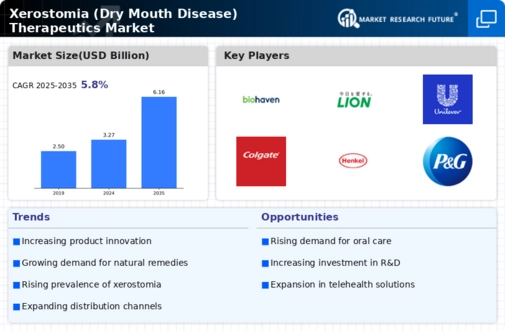
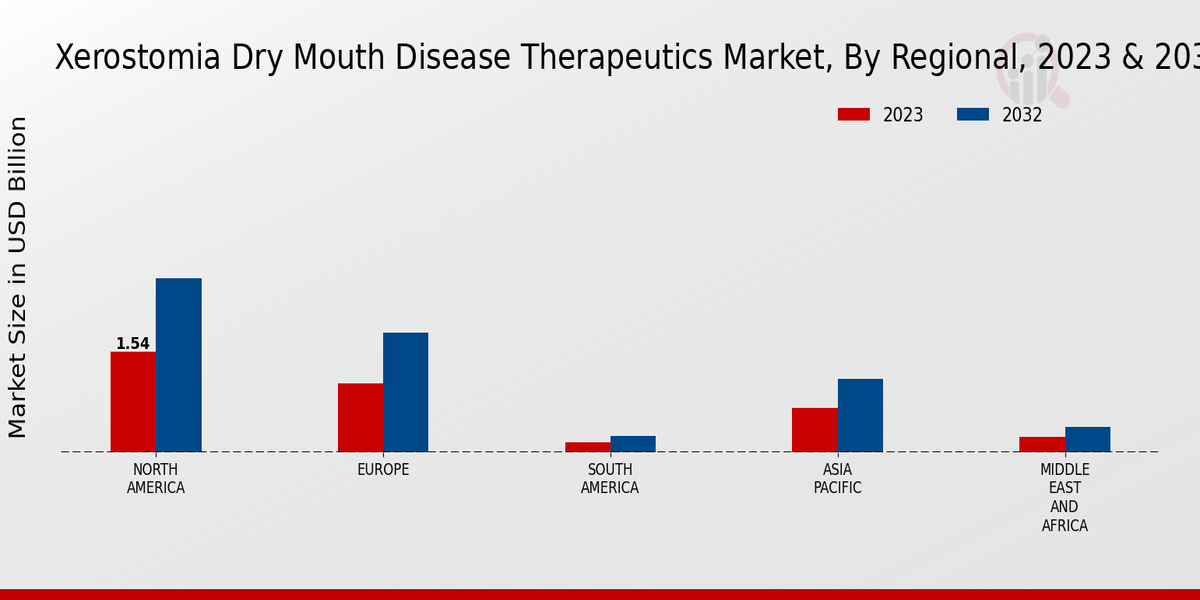
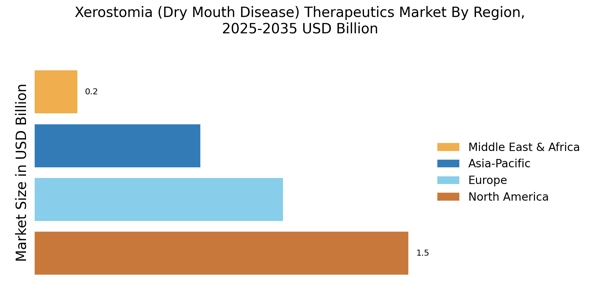
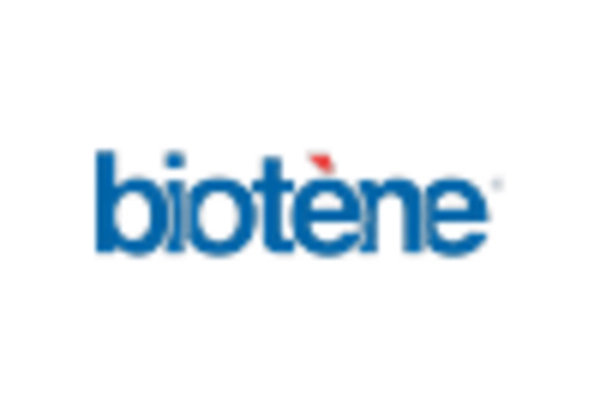
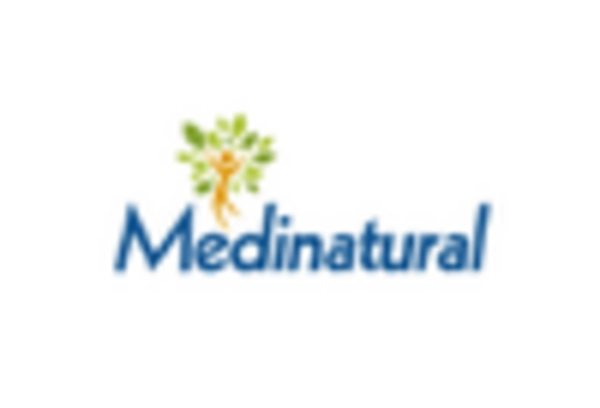
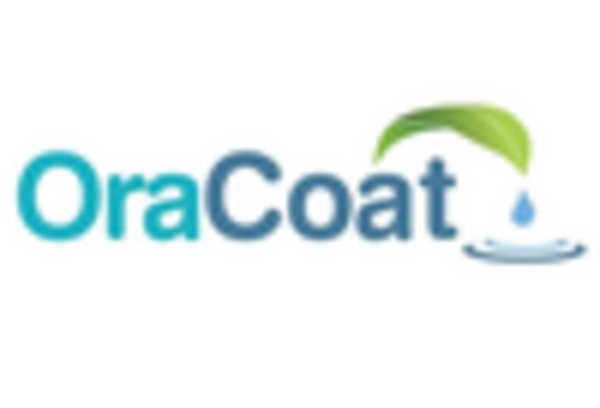
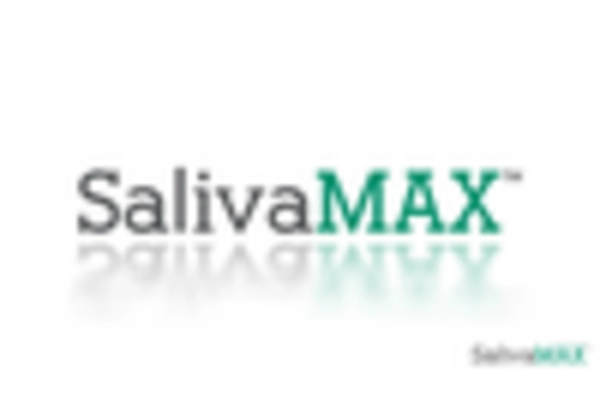
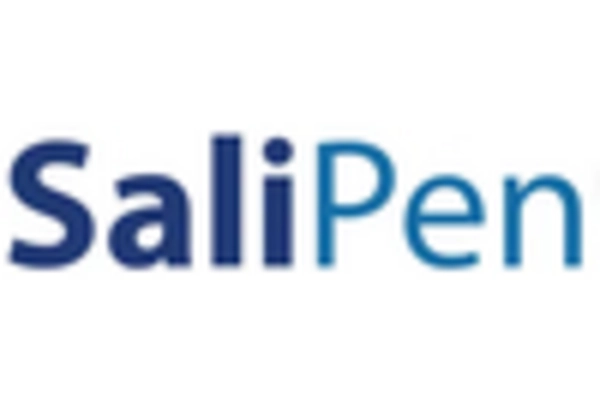
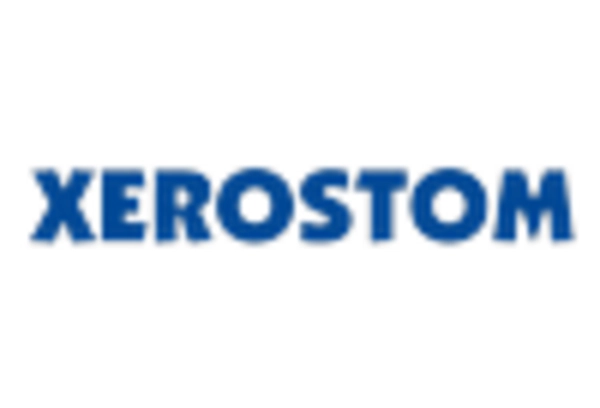








Leave a Comment